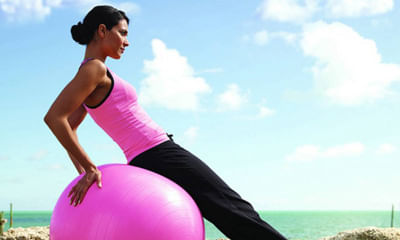Things To Know About Spinal Stenosis Treatment!
Spinal Stenosis is basically the narrowing of the spaces in the spine that further causes pressure on the spinal cord as well as nerves. It has been observed that nearly 75% of cases, mainly occur in the low back that requires lumbar spine treatment. The type of spinal stenosis treatments received for this problem may vary, as it totally depends on the location of the stenosis and the severity of your signs as well as symptoms.
Here are some treatments offered by a spine specialist:
1. Medications
Sometimes, medications are prescribed by spine physicians to control the pain associated with spinal stenosis. Some of the common medicines prescribed are mentioned below.
• NSAIDs (Onsteroidal anti-inflammatory drugs that help to ease the pain and reduce the inflammation. These mainly include ibuprofen (Advil, Motrin IB, others) and naproxen (Aleve), that are easily available without prescription.
• Muscle relaxants help to calm the muscle spasms that occasionally occur and these medicines includes cyclobenzaprine (Amrix, Fexmid).
• Antidepressants like amitriptyline are recommended to be given as tricyclic nightly doses to ease chronic the pain.
• Anti-seizure drugs are commonly used to reduce pain caused by damaged nerves and these medicines include names like gabapentin (Neurontin, Gralise, Horizant) and pregabalin (Lyrica).
2. Therapy
People suffering from stenosis tend to become less active to reduce the pain caused by physical activities. This further leads to weakness in the muscles that is even more painful. Therefore a physiotherapist teaches some exercises to build up the strength, maintain stability as well as flexibility in the spine and improvement in maintaining balance.
3. Steroid injections
Because of this ailment nerve roots become a little irritated the spots that are pinched gets swollen. Thus injecting corticosteroid around that constriction that reduces the inflammation and gives relief to the pressure. Theses injections sometimes don't work for everyone and if they are repetitive, they can cause weakness in the nearby bones as well as the connective tissue. Therefore, only a few injections per year are suggested.
4. Surgery
Surgery is considered, only if the other treatments don't work or a patient is disabled by its symptoms. The main aim of a surgery is to relieve the pressure on the spinal cord or nerve roots which is done by creating more space within the spinal canal. The main examples of surgeries suggested includes Laminectomy, Laminotomy and Laminoplasty.
In most cases, these space-creating operations help in the reduction of the symptoms of spinal stenosis. But sometimes the symptoms do not fully disappear or even get worse after surgery. Surgery even includes some risks like infections, blood clot in a leg vein, neurological deterioration or even a tear in the membrane that covers the spinal cord.



+1.svg)
